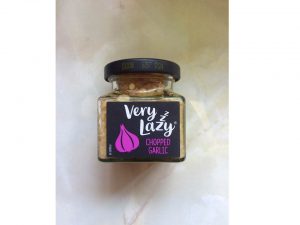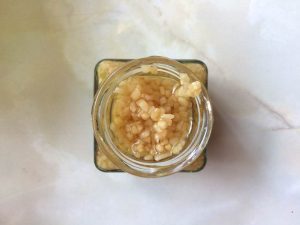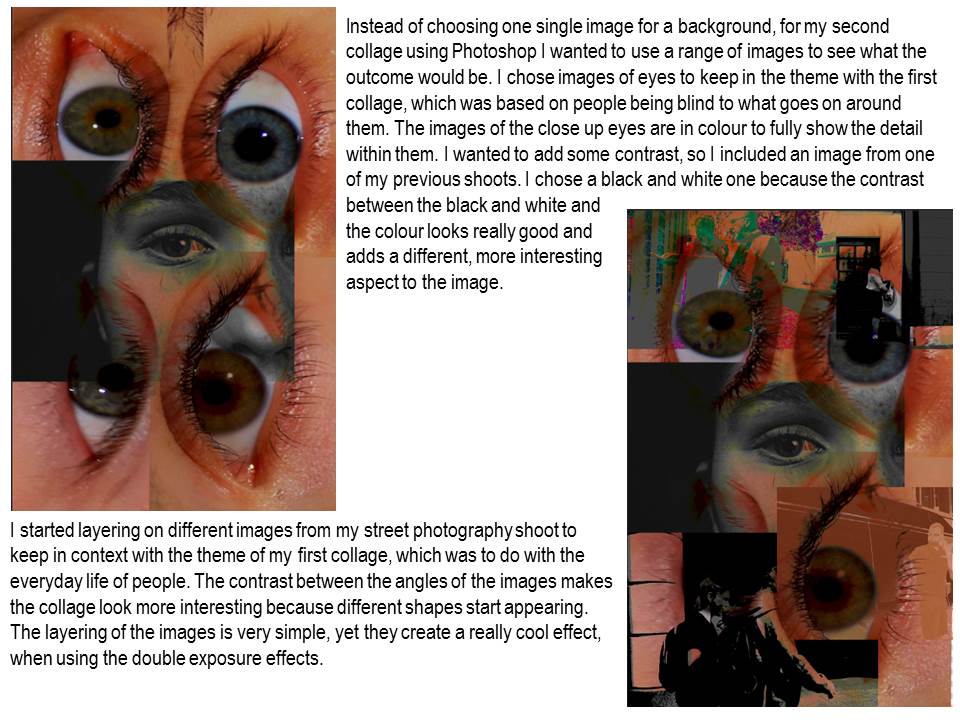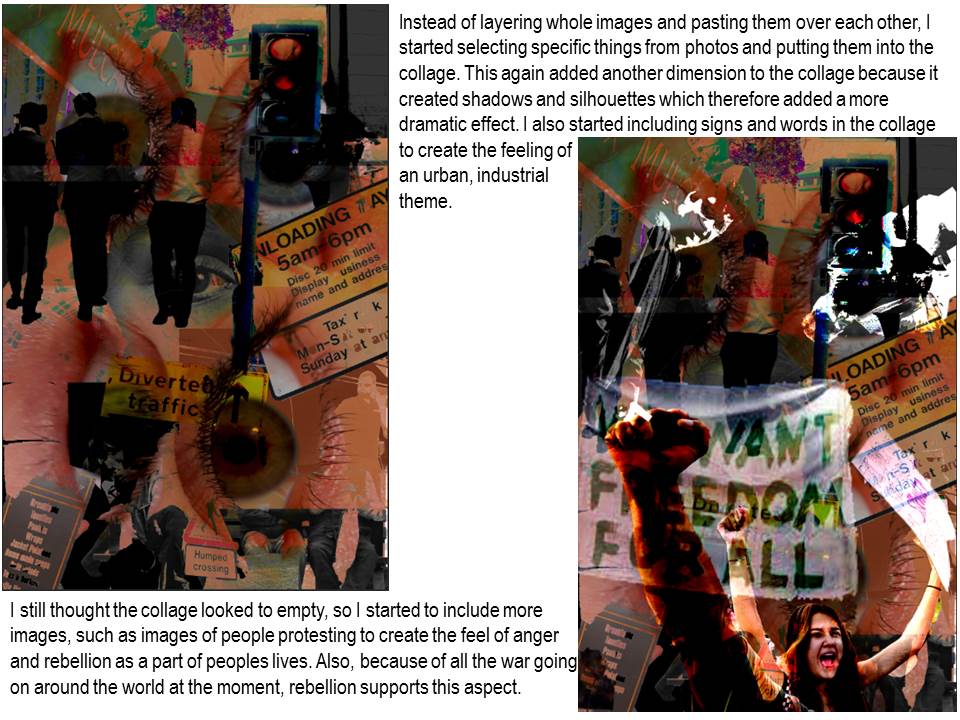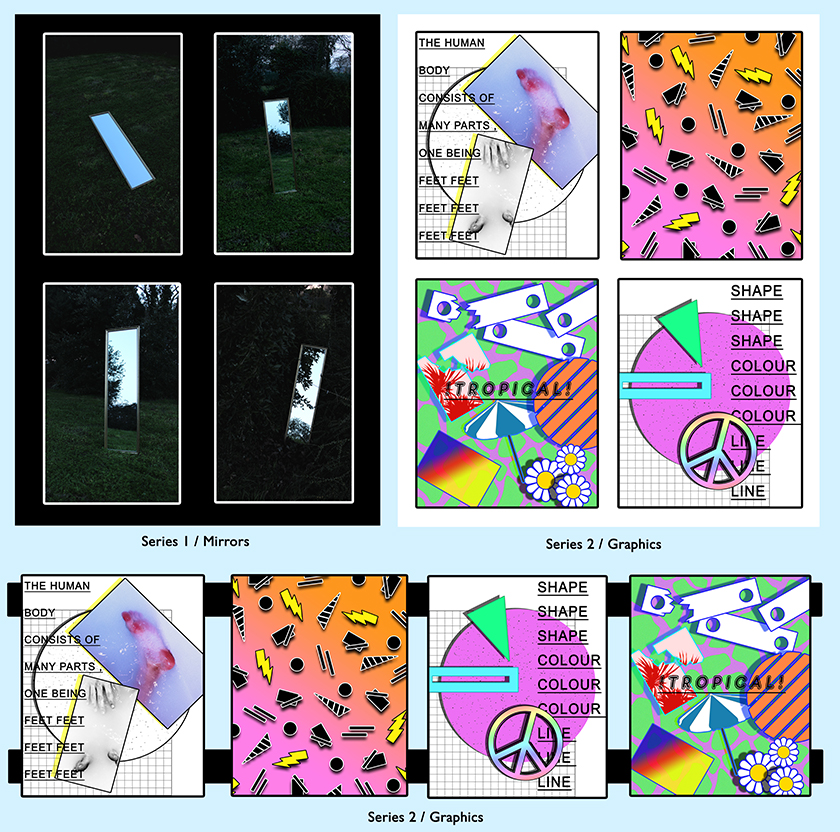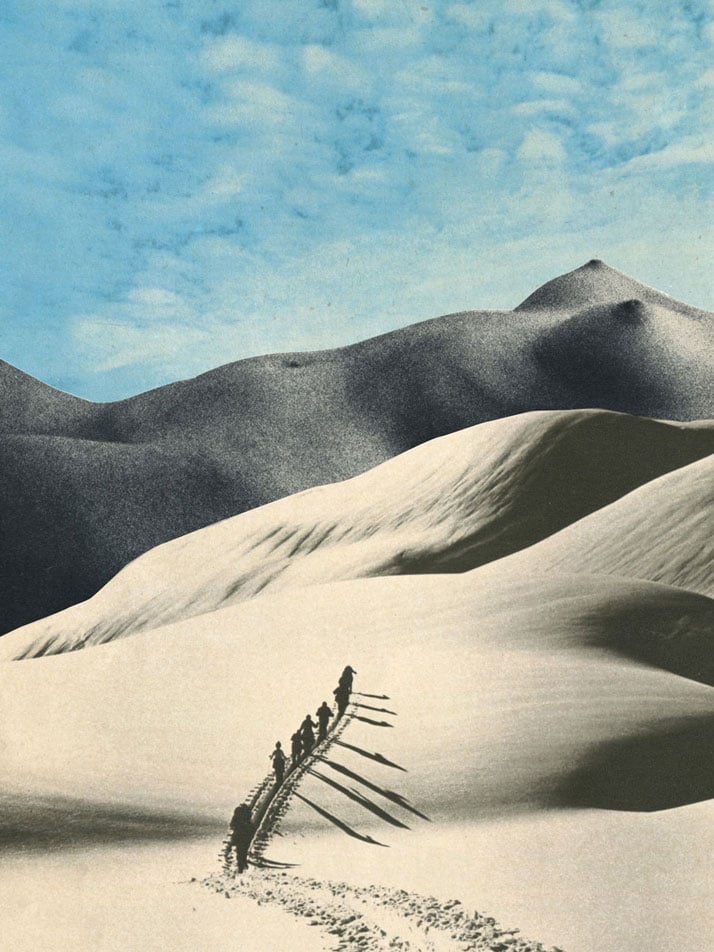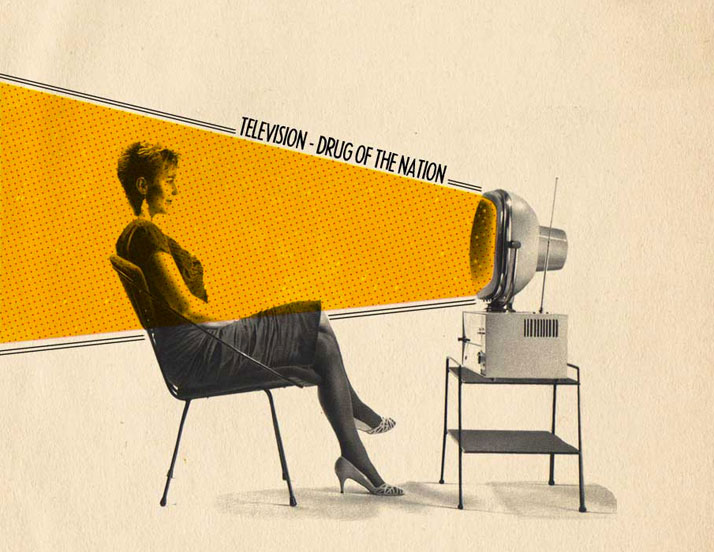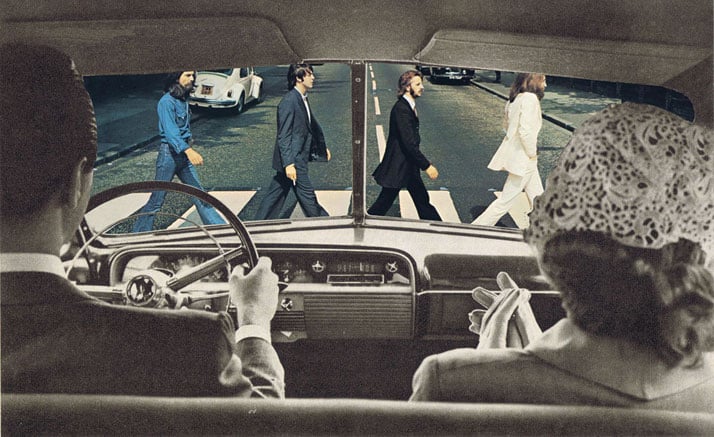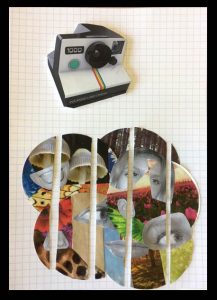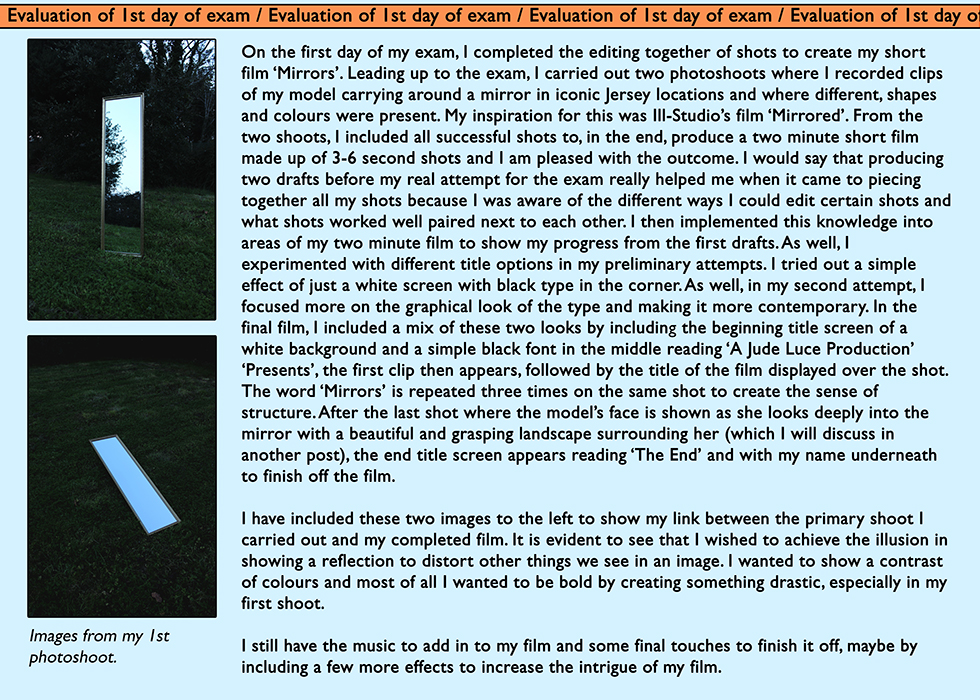Still life photography is a genre of photography used for the depiction of inanimate subject matter, typically a small group of objects. It is really effective for portraying the detail of the photographed object in question, this can be furthered by paying attention to high and low key lighting.

Low key lighting predominantly uses dark tones to create a dramatic looking image, whereas high key lighting seeks to over light the subject to the point of reduced contrast.
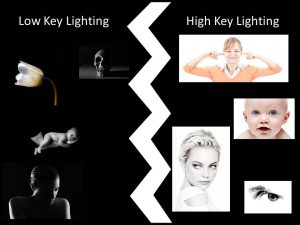
Using the still life approach, I attempted to take some images of a garlic from numerous angles. The garlic was missing a couple of cloves which made it more convenient to photograph as I’m trying to display man-kind’s negative impact upon the environment and demonstrate how humans merely take from the natural world.
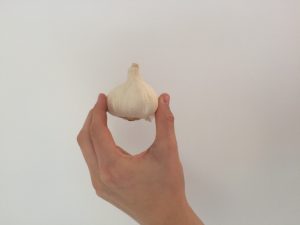
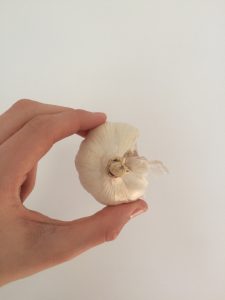
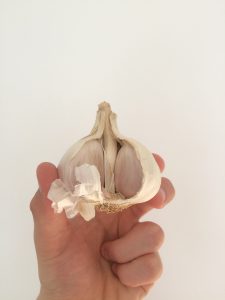
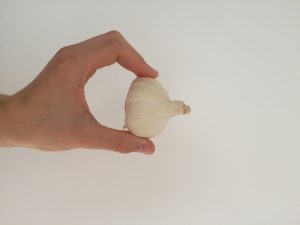
In order to experiment with the images, I printed the photographs out onto standard A4 paper and sliced the images up in order to combine the four photographs, or alternatively, the three or four segments of the garlic in an usual form of a garlic.
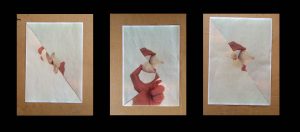
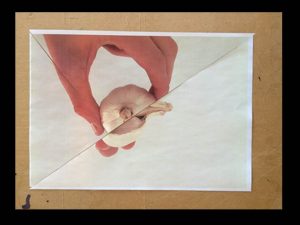
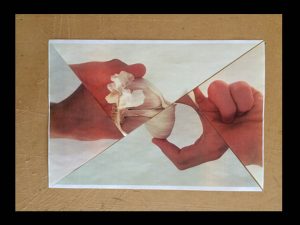
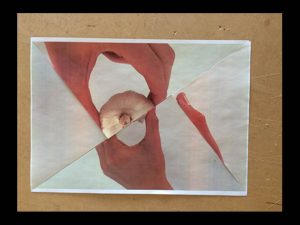

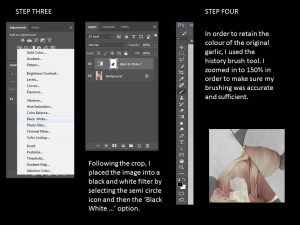
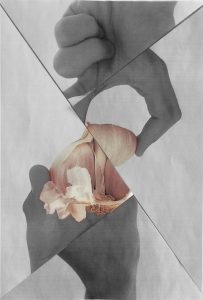
Considering the resurgence of a Karl Blossfedlt approach I also put the garlics into a black and white filter and gave them a black border on Adobe Photoshop.
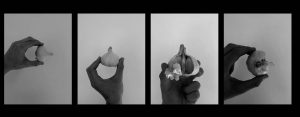
The black and white filter enhances the sinister effect of humans upon the natural world, which is also displayed through the garlic missing cloves as they were utilized for human consumption, demonstrating the greed of our species.
Following the attention to the human assumption aspect, I would like to establish what happens to the garlic once used or in its cooking form. Here is another garlic structure…
